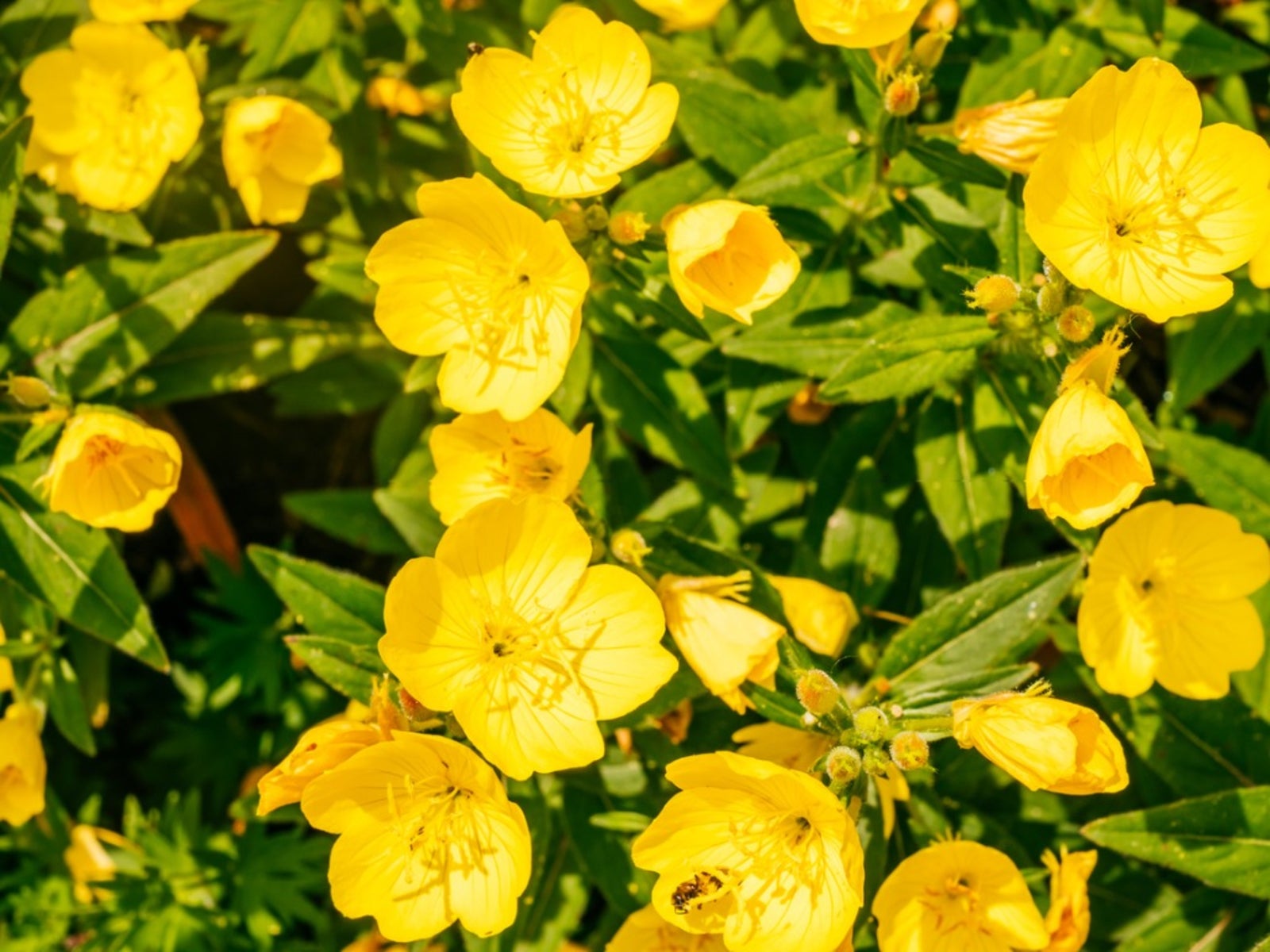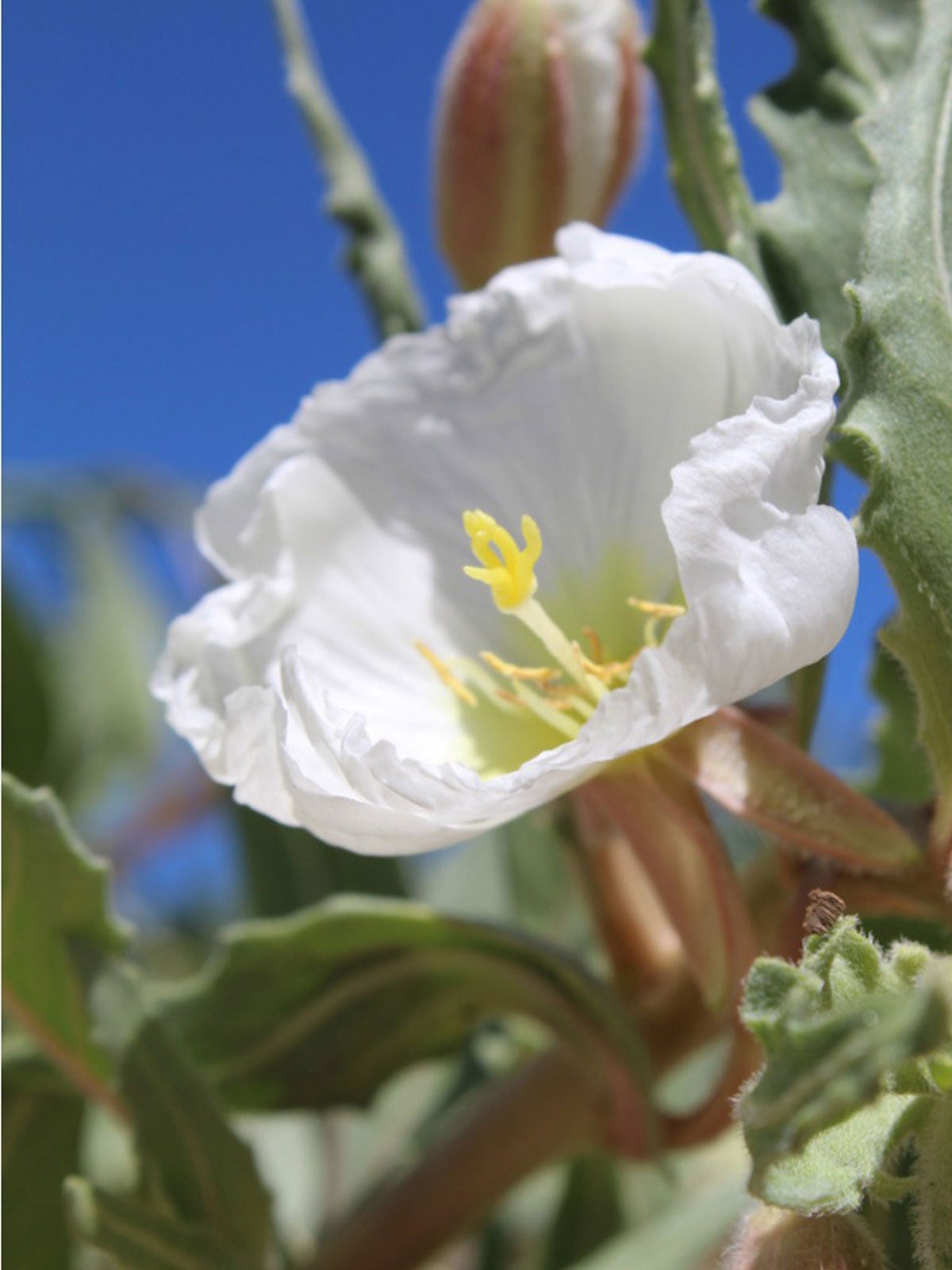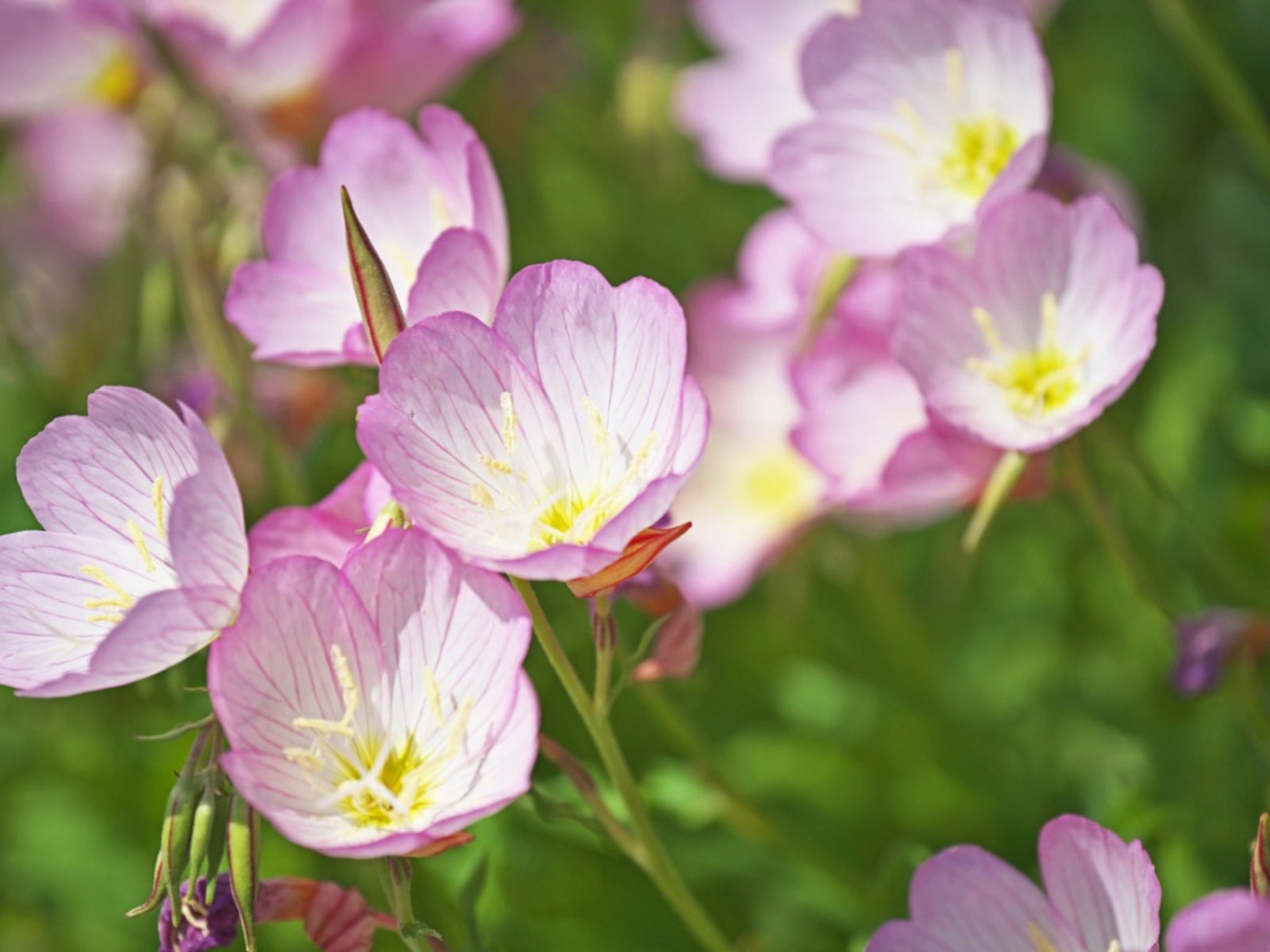Yellow Evening Primrose Plant: Wildflower In The Garden


Heather Rhoades
Yellow evening primrose (Oenothera biennis L) is a sweet little flowering plant that does well in almost any part of the United States. An early spring wildflower, the common evening primrose plant is often just as likely to be scorned as a weed as it is to be welcomed into the flower bed.
About the Yellow Evening Primrose Plant
The evening primrose plant is a native wildflower in North America. It grows in abundance and is sometimes mistaken for a dandelion. As the name suggests, the yellow evening primrose blossoms open up in the evening and the blooms stay open into the early morning. The plant produces lovely, lightly scented yellow blossoms from May to July that range in size from 1 to 2 inches (2.5-5 cm.). The stems, which are slightly fuzzy, can grow up to 4 inches (10 cm.) tall. In most areas, evening primroses produce flowers from early June to September.
Growing Evening Primrose
Part of the reason many people regard this plant as a weed is that evening primrose is extremely easy to grow. The plant’s seed pods resemble capsules with wings and are ½ to ¾ inches (1-2 cm.) long, holding more than a hundred seeds each. Simply spread the seeds where you would like them to grow, making sure the soil is not too wet, since these plants can be prone to root rot. The evening primrose plant is happiest in dry open areas with full sun. Choose an area similar to the open meadows where they naturally thrive in the wild in well-drained, rocky soil with some moisture. The evening primrose is a biennial that will reseed itself wherever you plant it, but it is not very invasive and will remain well behaved in your flower beds. This plant does not transplant well, so plan ahead. It naturalizes with ease and will fill a border beautifully. It is highly drought tolerant.
Pollinators
Since evening primrose only opens in the evening, how does it serve our pollinators? Moths that are busy at night are attracted to the primrose’s fragrance. Just before the flowers close up in the early morning, they are often visited by certain species of bees. In addition, a variety of birds will feast on this plant's leaves, and insects enjoy the leaves, buds, and seeds as well.
Other Uses
Evening primrose is considered to have a wide array of medicinal uses from relieving headaches and inducing labor to curing baldness and as a treatment for laziness. All parts of the evening primrose plant can also be eaten. The leaves are eaten like greens and the roots are eaten like potatoes. While the small leaves of the common evening primrose add nutrition to a salad, the roots can be cooked and eaten as a vegetable, alone, or in a vegetable dish.
Disclaimer: The contents of this article are for educational and gardening purposes only. Before using or ingesting ANY herb or plant for medicinal purposes or otherwise, please consult a physician, medical herbalist, or other suitable professional for advice.
Gardening tips, videos, info and more delivered right to your inbox!
Sign up for the Gardening Know How newsletter today and receive a free copy of our e-book "How to Grow Delicious Tomatoes".

Caroline Bloomfield is Manager of Marketing Communications at Gardening Know How since 2019. A northwest native, she has resided and gardened in multiple zones in the U.S. and is currently at home in Bandon, Oregon. Writing and editing for various publications since 1998, her BA in American Studies from Southern Maine University includes an emphasis in English. She was raised in California by avid gardeners and continues to enjoy the natural world with an appreciation for the concepts of sustainability and organic care for the planet.
- Heather RhoadesFounder of Gardening Know How
-
 Looking For Plants To Give You The Soft And Fuzzies? Try These 5 Fuzzy Leaf Plant Options
Looking For Plants To Give You The Soft And Fuzzies? Try These 5 Fuzzy Leaf Plant OptionsLovers of texture, drama, silver foliage and tactile plants will adore these special sensory garden additions. These fuzzy leaf plant options will leave you all aglow
By Susan Albert
-
 Get Ready For A Summer Of Hummers! Grow These Full Sun Hummingbird Plants and Flowers
Get Ready For A Summer Of Hummers! Grow These Full Sun Hummingbird Plants and FlowersIf you’re lucky enough to enjoy a sunny backyard, make sure you are maxing out on your pollinator opportunities and grow these full sun hummingbird plants and flowers
By Tonya Barnett
-
 Tufted Evening Primrose Care – Growing Evening Primrose Wildflowers
Tufted Evening Primrose Care – Growing Evening Primrose WildflowersOften used in xeriscape gardens, tufted evening primrose plants follow the traditional blooming habit of other members of the family – with open blooms in evening hours. These lovely wildflowers are great additions to nighttime moth gardens. Learn more here.
By Becca Badgett
-
 Controlling Mexican Primrose Spread – Tips For Getting Rid Of Mexican Primrose
Controlling Mexican Primrose Spread – Tips For Getting Rid Of Mexican PrimroseThough creating a profusion of pink blooms in borders, the invasive nature of Mexican primrose flowers often causes many growers to look for solutions in removing the plants. Click this article for more info on Mexican primrose control.
By Tonya Barnett
-
 Growing Pink Evening Primrose – How To Care For Pink Evening Primrose
Growing Pink Evening Primrose – How To Care For Pink Evening PrimrosePink evening primrose plants are showy when in bloom and make a good ground cover. These plants can also be aggressive, though, spreading rapidly and taking over perennial beds under certain conditions. Learn more about the plant in this article.
By Mary Ellen Ellis